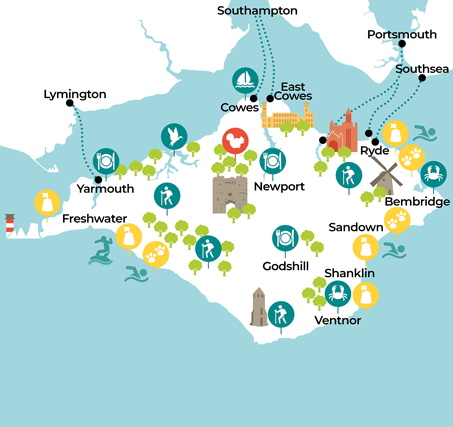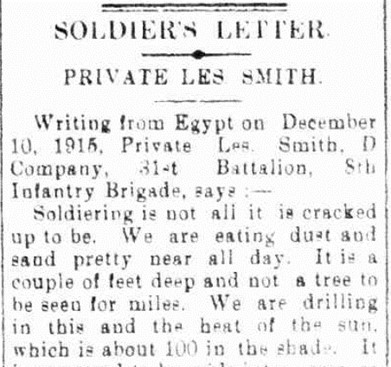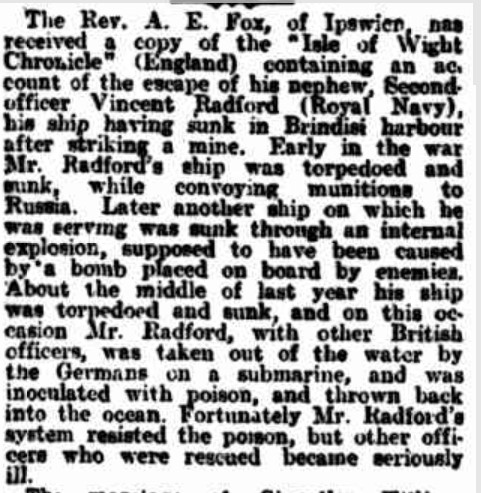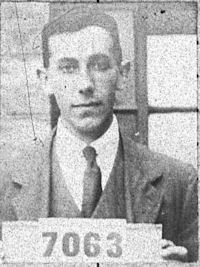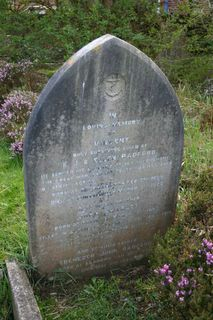
John Charles RADFORD
Eyes hair dark brown, Hair eyes brown, Complexion dark
John Charles Radford – “In a warm corner and expecting a big attack”
Can you help find Charles?
Charles’ body was never found after the Battle of Fromelles, and there are no records of his burial. His name is among those commemorated at VC Corner Cemetery, where 410 Australians lie in unnamed graves.
In 2008, a mass grave was discovered at Pheasant Wood, near Fromelles — dug by the Germans to bury the 250 Australian and British soldiers they recovered from the battlefield. As at 2025, 180 of these soldiers have been positively identified using DNA provided by descendants.
Charles may be among the remaining unidentified men. There is still a chance to identify him — but we need help.
We are seeking DNA donors who are related to Charles Radford through either his paternal or maternal lines. If you know of any living descendants of the Radford or Fox families — especially those with roots in Queensland or on the Isle of Wight — please contact us.
You can view the known family tree for Charles in the DNA section at the end of this story.
John Charles Radford, known as Charles, was born in Brisbane on 19 March 1892. He was the firstborn child of Ebenezer John Radford, a carpenter from the Isle of Wight, and Ellen Elizabeth Radford (née Fox), originally from Birmingham. Charles was named after his paternal grandfather, John Charles Radford. His sister Florence Mary was born in 1895 but died in infancy. His younger brother Vincent Geoffrey Radford was born in Rockhampton in 1899.
The Radford children:
- John Charles, 1892-1916 Fromelles
- Florence, 1895 (died infancy)
- Vincent Geoffrey, 1899-1922 (British Navy died of war related illness)
Ebenezer and Ellen had arrived in Queensland separately in 1886 and were married in 1891 at Toowong, Queensland. The ceremony was performed by Ellen’s brother, Reverend Albert Edward Fox, a Methodist minister who had emigrated to Australia years earlier. Albert’s son, Bombardier Owen Fox (Service No. 202), 2nd Divisional Ammunition Column died of gunshot wounds in in France in 1918.
Charles attended Rockhampton and Lakes Creek State Schools in Central Queensland and later worked with his father as a carpenter. However, by 1898, the family faced financial difficulties. Ebenezer was declared insolvent and the family returned to England, settling back in Sandown on the Isle of Wight.
Source "NEW POLITICAL ASSOCIATION." The Brisbane Courier (Qld. 1864 - 1933) 26 January 1898, 4. Web. 7 Oct 2021 http//nla.gov.au/nla.news-article3665332
In mid-1911, Charles — then in his late teens — returned to Australia, sailing back to Rockhampton on his own. He resumed work as a carpenter and stayed with extended family members from the Fox side, who still lived in the Rockhampton and Mount Morgan area. By the outbreak of the war, Charles had been living in Queensland for several years. In July 1915, aged 23, he enlisted in Brisbane. At the same time, his younger brother Vincent was joining the British Navy in England.

Off to war
Charles enlisted on 14 July 1915 at Brisbane and was posted to A Company, 31st Battalion. The 31st was a composite unit formed from recruits in both Queensland and Victoria, with two companies from each state. Charles trained initially at the Enoggera camp in Brisbane. On 9 November 1915, the 31st Battalion embarked from Melbourne aboard the troopship HMAT A62 Wandilla. Before departure, they paraded through the streets of Melbourne, drawing large crowds.
The Minister for Defence, H.F. Pearce, praised the men publicly:
“I do not think I have ever seen a finer body of men.”
The Wandilla arrived at Port Suez on 7 December 1915, exactly four weeks after leaving Melbourne. From there, Charles and his battalion travelled to Zietoun, Serapeum and Tel el Kebir, where they were engaged in training exercises and guarding the Suez Canal. One soldier recalled that when the battalion left Serapeum for Tel el Kebir in February 1916, there were no trains available. The men were packed into what he described as "dirty horse trucks" for the uncomfortable 60 km journey.
Source: AWM4 23/48/7, 31st Battalion War Diaries, February 1916, p. 5
At the end of March, they relocated to Ferry Post and Duntroon Camp, and by May 1916, they had reached Moascar. Though the training was rigorous, boredom and fatigue began to wear on the men. Charles wrote home during this time, telling his parents he had run into another local soldier — a small reminder of home amid the desert sands. Charles wrote to his parents remarking on running into another local soldier from home.
The months passed in training and sightseeing, but by the time the 31st Battalion was transferred to France, the men were all heartily sick of Egypt. Private Les Smith’s (934) letter home pretty well sums it up.
The Battle of Fromelles

On 15 June, the 31st Battalion began to make their way to the Western Front, first by train from Moascar to Alexandria and then aboard the troopship Hororata, sailing to Marseilles. (Note, C company went on the Manitou) After disembarking on 23 June, they boarded trains to Steenbeque, then marched to Morbecque, 35 km from Fleurbaix, arriving on 26 June. The battalion strength was 1019 soldiers.
Training continued, now with how to handle poisonous gas included in their regimen. They began their move towards Fleurbaix on 8 July and by 11 July they were into the trenches for the first time, in relief of the 15th Battalion. The original attack was planned for the 17th, but bad weather caused it to be postponed. On the 19th they were back into the trenches and in position at 4.00 PM:
“Just prior to launching the attack, the enemy bombardment was hellish, and it seemed as if they knew accurately the time set.”
The assault began at 5.58 PM and they went forward in four waves, A and C Company in the first two waves and B and D Company in the 3rd and 4th waves. The pre battle bombardment did have a big impact and by 6.30 PM the Aussies were in control of the German’s 1st line system (Trench B in the diagram below), which was described as “practically a ditch with from 1 to 2 feet of mud and slush at the bottom”.
Source: AWM4 23/49/12, 32nd Battalion War Diaries, July 1916, page 11


Unfortunately, with the success of their attack, ‘friendly’ artillery fire caused a large number of casualties. By 8.30 PM the Australians’ left flank had come under heavy bombardment with high explosives and shrapnel. Return bombardment support was provided and the 32nd, who also had the job of holding the flank to the left of the 31st, were told that:
“the trenches were to be held at all costs”.
Fighting continued through the night. The Australians made a further charge at the main German line beyond Trench B, but they were low on grenades, there was machine gun fire from behind from the emplacement at Delangre Farm and they were so far advanced that they were getting shelled by both sides. At 4.00 AM the Germans began an attack from the Australian’s left flank, bombing and advancing into Trench A (map).
Given the Australian advances that had been made earlier, portions of the rear Trench E had been left almost empty, which then enabled the Germans to be in a position to surround the soldiers. At 5.30 AM the Germans attacked from both flanks in force and with bombing parties. Having only a few grenades left themslves, the only resistance the 31st could offer was with rifles:
“The enemy swarmed in and the retirement across No Mans’ Land resembled a shambles, the enemy artillery and machine guns doing deadly damage.”
The 31st were out of the trenches by the end of the day on the 20th. From the 1019 soldiers who left Egypt, the initial impact was assessed as 77 soldiers were killed or died from wounds, 414 were wounded and 85 were missing. To get some perspective of the battle, when Charles Bean, Australia’s official war historian, attended the battlefield two and half years later, he observed a large amount of bones, torn uniforms and Australian kit still on the battlefield. The ultimate total was that 166 soldiers were either killed or died from wounds and of this total 84 were missing/unidentified. The bravery of the soldiers of the 31st was well recognised by their own Battalion commanders.

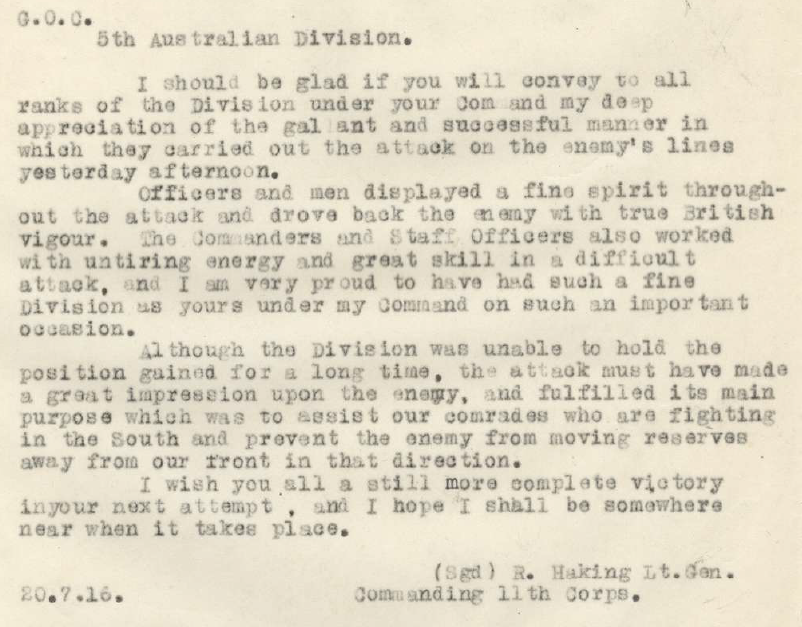
After the battle, Charles was reported missing in action. For many months, his family — especially his father, Ebenezer, and his uncle William Fox — wrote repeatedly to Base Records in Melbourne seeking news.
His mother received a letter from Charles dated 19 July 1916 — the very day of the attack — in which he wrote:
In a warm corner and expecting a big attack in the next few days…
It would be the last they ever heard from him.
The Red Cross Wounded and Missing Bureau received multiple enquiries, and his file contains evidence of the family’s deep distress. Sadly, there were no eyewitness accounts of his death, no burial reports, and no further information came through official channels. Like so many men of the 31st, Charles had simply vanished in the chaos of the battlefield.
After nearly a year of uncertainty, a Court of Enquiry was held in the field on 1 August 1917, which determined that Private John Charles Radford had been killed in action on 20 July 1916, the day after the battle commenced. The backdating of the official death to 20 July was common for soldiers listed as missing following major engagements.
His body was never recovered, and he has no known grave.
Charles is commemorated at:
- VC Corner Cemetery and Memorial, Fromelles (Panel 3)
- Australian War Memorial, Roll of Honour
- Sandown War Memorial, Isle of Wight
Vincents Story
Charles’ younger brother, Vincent Geoffrey Radford, served with distinction in the British Merchant Navy during the First World War. Born in Rockhampton in 1899, Vincent was only three years old when the family returned to England. He was educated at the Sandown National School and then at a local secondary school. In April 1914, just before his 15th birthday, Vincent joined the mercantile marine, starting as a crewman aboard the Moorlands, operated by Messrs Houlder, Middleton & Co. In June 1917, the ship was torpedoed off Bridlington.
Eighteen men were lost, but Vincent survived — pulled from the water after 35 minutes by a German submarine crew, then released. Vincent went on to serve aboard the Monkshaven, which also came under fire, and later the Florentino, which struck a mine near Brittidid. Fortunately, the crew grounded her quickly, and all lives were saved. Promoted steadily, Vincent earned his chief officer’s certificate and joined the Union Castle Line, serving aboard the SS Ipn, a coastal mail ship running between Durban, Beira, and Chinde on the East African coast.
While on service, Vincent fell seriously ill and was invalided home to England. He died on 5 March 1922 in Portsmouth, aged just 23, his death hastened by exposure and illness sustained during his wartime service
“In the mercantile marine Mr. Radford won the high esteem of his superior officers. He was appointed to the position of chief officer at an exceptionally early age, and it was generally expected that a brilliant career was ahead of him.”
Vincent was buried with Masonic and Oddfellows’ honours at Christ Church, The Broadway, Sandown. His headstone stands as a memorial not only to him, but to Charles and their father.
Published in Morning Bulletin Rockhampton, 1922 :
DEATH OF EX-ROCKHAMPTONITE
The "Isle of Wight Chronicle" says: --- "Many "will learn with very sincere regret of the death of Mr. Vincent Geoffrey Radford (only surviving child of Mr.E.J. and Mrs. Radford, of Sandown and ' Figheldean, near Salisbury, which occurred at Portsmouth on Sunday last, at the age of twenty-three years. The young fellow had many friends in Sandown, where he spent practically the whole of his boyhood, and, though he had been in failing health for some little time, the end came much more quickly than was expected.
Mr. Vincent Radford was born at Rockhampton, Queensland, but was brought to Sandown at the early age of three years, receiving his education at the Sandown National School and later at the Secondary School. In April, 1914 he entered the mercantile marine, his first ship being the Moorlands, owned by Messrs. Houlder, Middleton, and Co., of St. Mary Axe, London. He was one of the crew on board the Moorlands on a night in June, 1917, when she was torpedoed off Bridlington. Eighteen were drowned, but, after being in the water thirty-five minutes, Radford, with three others, was picked up from a German submarine and liberated.
After obtaining his second certificate, he went on the Monkshaven and Was on board her when she was in action off the Cornish coast. He was then transferred to the Florentino, and on board that vessel experienced a third escape. The ship was mined when entering the port of Brittidid but the crew managed to run her aground in time, and as the bridge remained above water, there was no loss of life. After returning to England, he sat for his chief officer's ticket, and. having succeeded, entered the service of the Union Castle Line and was appointed chief officer on the SS Ipn, a coastal boat, running between Durban Beira and Chinde, and connecting up the mail service on the East African coast,
It was while he was engaged on this service that he fell sick and was invalided home. In the mercantile marine Mr. Radford won the high esteem of his superior officers. He was appointed to the position of chief officer at an exceptionally early age, and it was generally expected that a brilliant career was ahead of him. The fullest sympathy in extended to his parents in their sad loss.
Their eldest son fell at Fleurbaix in 1916, when gallantly serving with the Australians. The funeral took place at Christchurch this afternoon. The attendance included brethren of the Sandown Lodge (No.1869_ of Freemasons, and the Loyal Culver Lodge of Oddfellows, of both of which he was a member, The deceased's father, who is a carpenter. was well known both at Rockhampton and Mount Morgan.
What a terrible blow it must have been for these parents to have now lost their only surviving child.
In Churchyard of Christ Church, The Broadway, Sandown, Isle of Wight, the inscription reads:
IN LOVING MEMORY OF VINCENT ONLY SURVIVING CHILD OF E.J. & ELLEN RADFORD HE SERVED HIS COUNTRY AT SEA THROUGHOUT THE GREAT WAR, AND HIS DEATH WAS HASTENED BY ENEMY ACTION
BORN AT ROCKHAMPTON FEB 2ND 1899 DIED AT PORTSMOUTH MARCH 5TH 1922
ALSO OF HIS BROTHER JOHN CHARLES BORN AT BRISBANE MARCH 19TH 1892 KILLED IN ACTION AT FLEURBAIX JULY 20TH 1916 WHILST SERVING WITH THE 31ST BATT AUSTRALIAN FORCES
AND OF THEIR FATHER EBENEZER JOHN RADFORD BORN AT SANDOWN JAN 30TH 1865 DIED MAY 2ND 1935
Finding Charles
Charles' remains have not been recovered, and he has no known grave. It is possible he was among those buried by the Germans in the mass grave at Pheasant Wood, discovered in 2008. As of 2025, over 180 soldiers from that grave have been identified using DNA from living relatives. Charles may still be among the unidentified, but to confirm this, we need DNA donors from his extended family — especially from the Radford or Fox lines.
If you are related or know someone who might be connected to the Radford or Fox families — particularly those with roots in Queensland or on the Isle of Wight — please reach out.
DNA samples are being sought for family connections to
| Soldier | John Charles Radford (1892–1916) |
| Parents | Ebenezer John Radford (1865–1935) and Ellen Elizabeth Fox (1871–1943), Sandown, Isle of Wight |
| Siblings | Florence Mary (1895, died infancy) | ||
| Vincent Geoffrey Radford (1899–1922) |
| Grandparents | |||
| Paternal | John Charles Radford and Sarah Annie Gast | ||
| Maternal | Ebenezer Fox and Elizabeth Lewis |
Links to Official Records
Seeking DNA Donors

Contacts
(Contact: carla@fromelles.info or geoffrey@fromelles.info).
(Contact: army.uwc@defence.gov.au or phone 1800 019 090).
Donations
If you are able, please contribute to the upkeep of this resource.
(Contact: bill@fromelles.info ).
